Cruelty-free makeup and skincare is probably the best beauty trend to emerge in recent years, but it’s not as black-and-white as it might seem. There’s no legal definition of the term “cruelty free” which means cosmetics companies often co-opt it as a marketing ploy. There are also a lot of technicalities and loopholes involved. So if you’re committed to ethical beauty, how do you wade through it all? This guide is here to help you make sense of the surprisingly murky world of ethical cosmetics and make informed choices.


What Does “Cruelty Free” Mean?
As I mentioned, there’s no legal definition of “cruelty free” but it’s generally understood to mean that a product hasn’t been tested on animals.
It doesn’t mean that a product is vegan. Cruelty free cosmetics may still contain animal by-products. Conversely, vegan products may have been tested on animals. Generally speaking, “vegan” refers to the ingredients list and “cruelty free” refers to the manufacturing process.
Since there is no legal definition of either term, this can get confusing. Many might argue that a product isn’t truly vegan if it’s been tested on animals, or that it can’t be cruelty-free if it’s not vegan. This is where you have to use your own judgement and decide what you consider to be ethical.
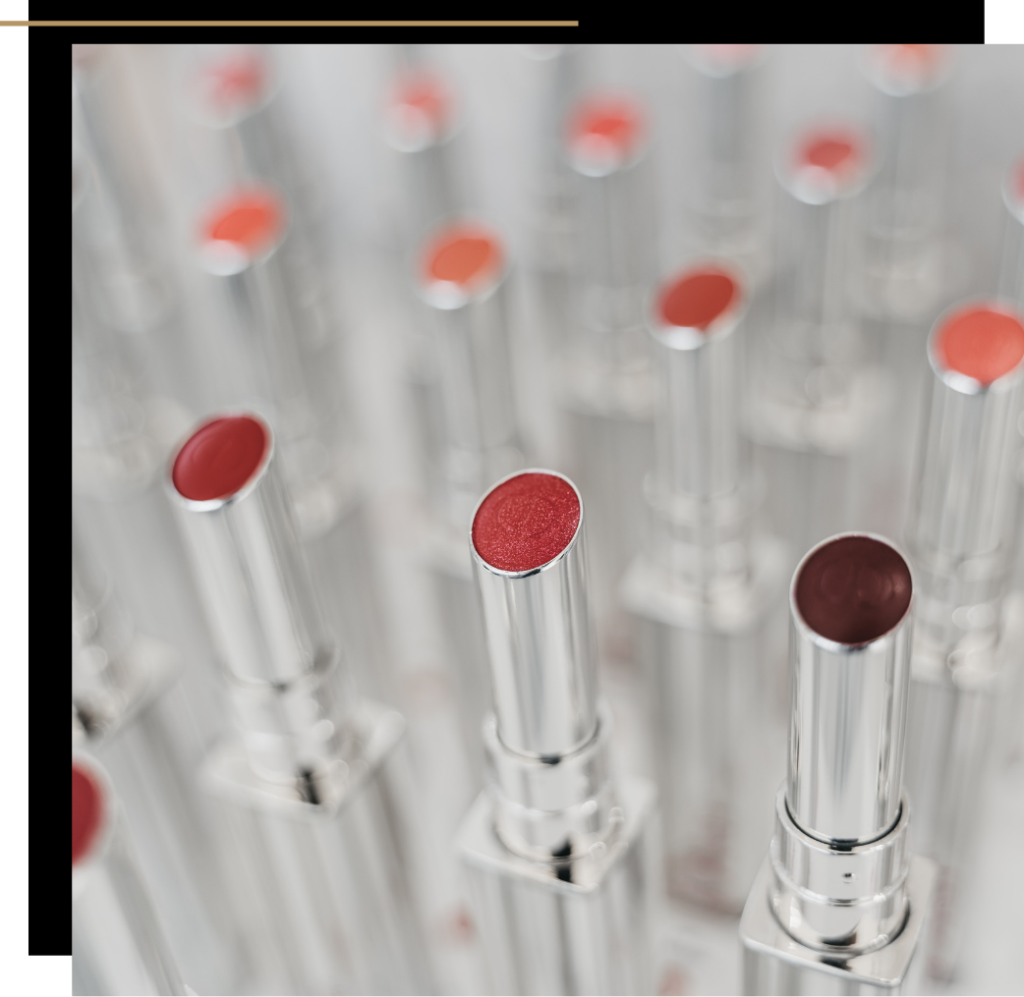

Loopholes
Many cosmetics companies don’t test on animals themselves but do sell their products in mainland China, where animal testing is a legal requirement. This means that a third party conducts the trials on behalf of the company. Therefore, a brand can’t be certified as cruelty-free if they do this (we’ll get into certifications more in a moment.) You can usually find this information on the company website.
Similarly, some companies claim that their product is cruelty-free because the end product wasn’t tested on animals. However, the ingredients may have been. Again, this is something that official certifications can help you to understand.
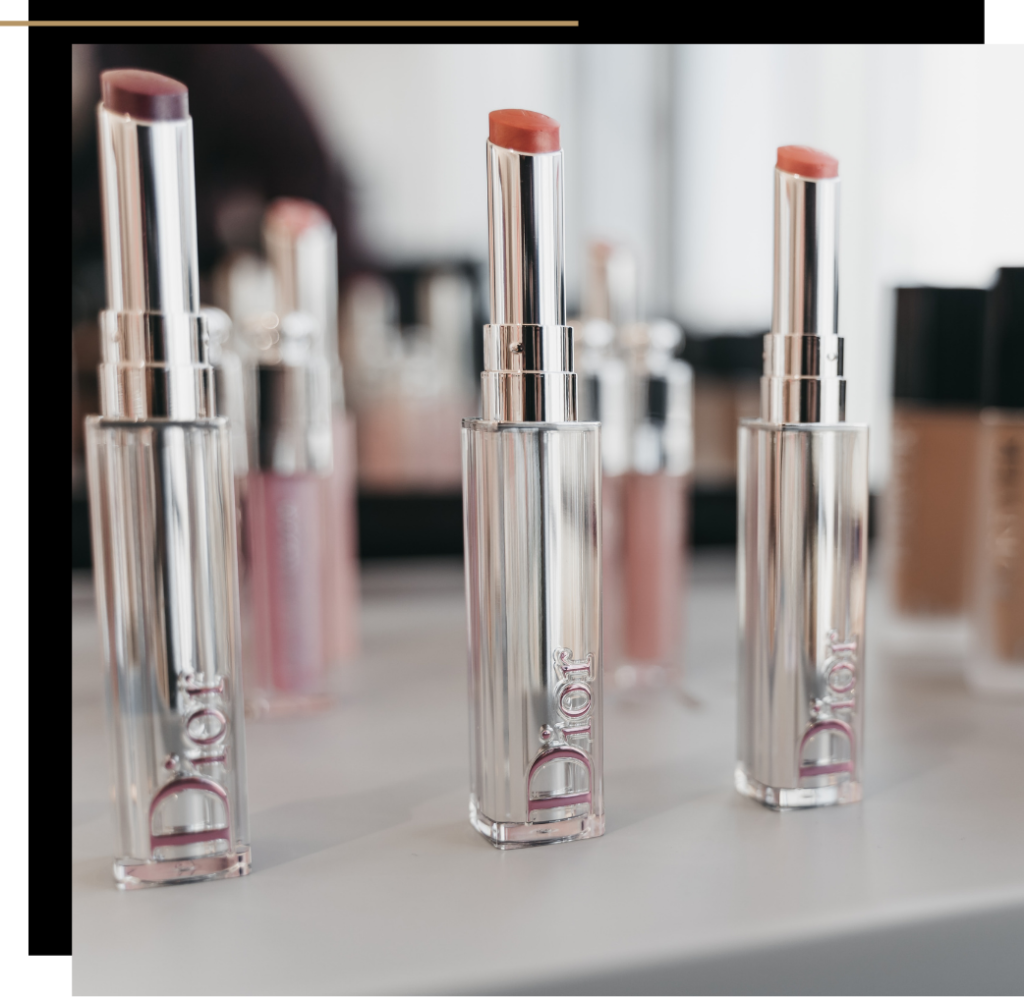

Cruelty-Free Certifications
A bunny symbol usually means a product is cruelty-free, but anyone can mock up a cartoon rabbit and slap it on their packaging. Lots of companies do this, so make sure to look for the Leaping Bunny symbol. It’s the gold standard of such certifications and ensures a product is 100% cruelty-free.
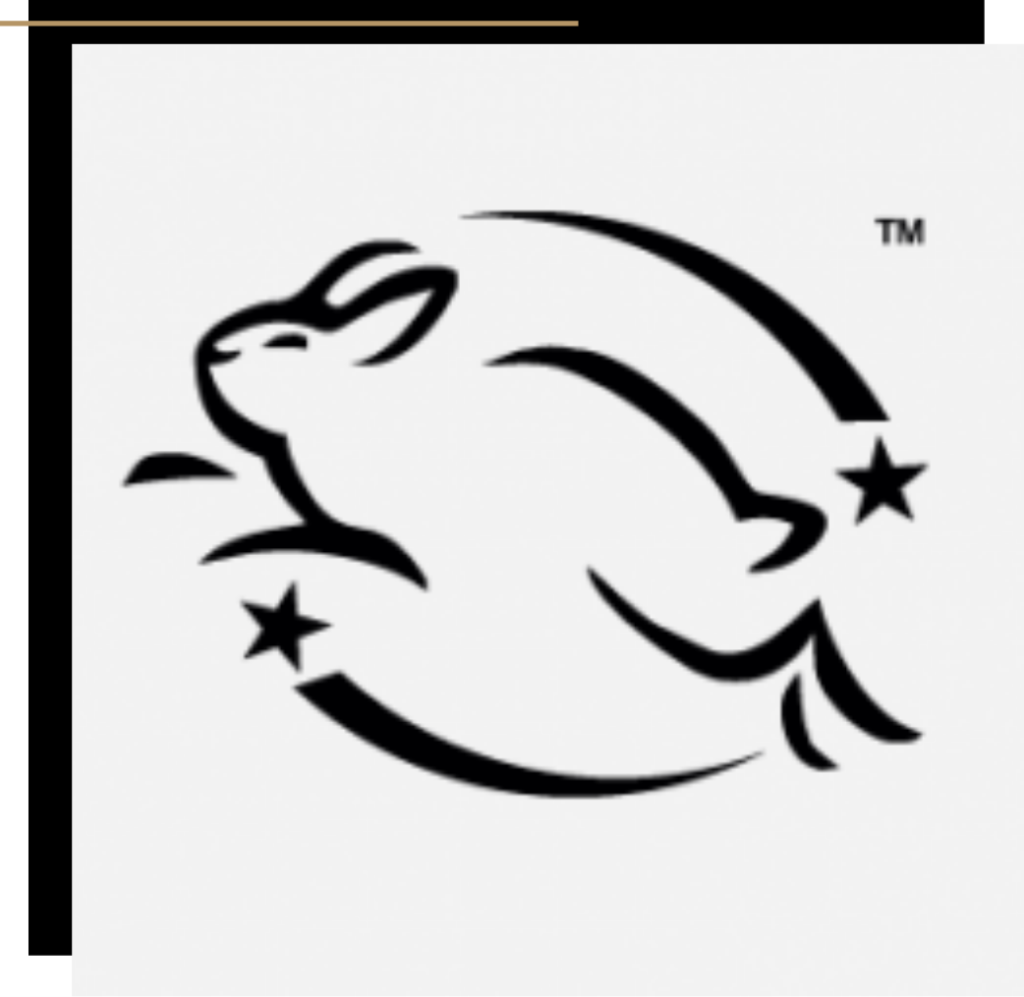

Parent Companies
As if all that weren’t enough to think about when finding a cruelty-free brand, there’s also the parent company to consider. Many cruelty-free brands come under parent companies who do test on animals, which raises yet more ethical questions.
For example, popular makeup brand Urban Decay is a cruelty-free brand but it’s part of the L’Oreal group. L’Oreal test their products on animals and own many other brands that do the same. Therefore, when you buy cruelty-free Urban Decay products, you’re still ultimately putting your money in the pocket of a company that might not align with your ethics.
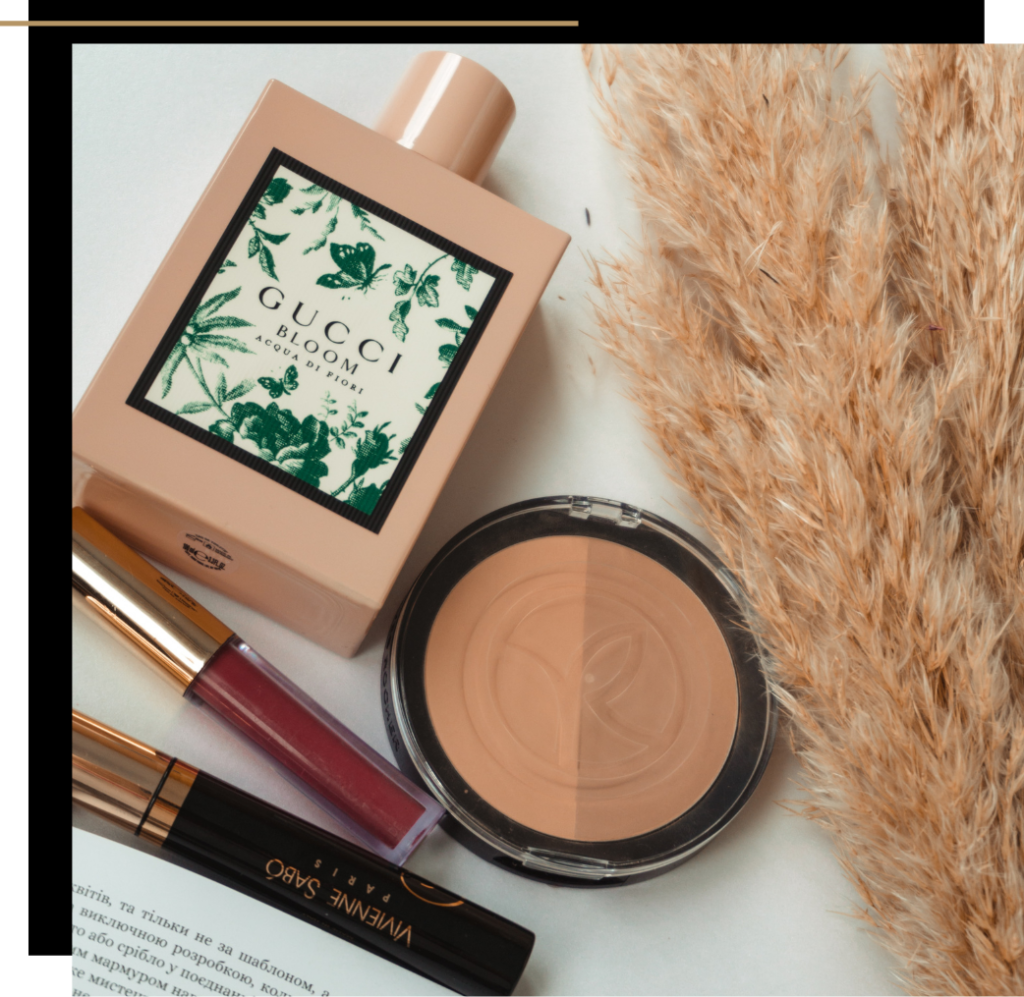

Further Resources
If you’re unsure about whether or not a company is cruelty free, head to their website and they should have a page dedicated to their stance on animal testing.
There are also lots of helpful websites that regularly update their lists of cruelty-free brands, as this status is often subject to change. Check out:

For more on makeup, why not check out this list of the best luxury foundations for every skin type?



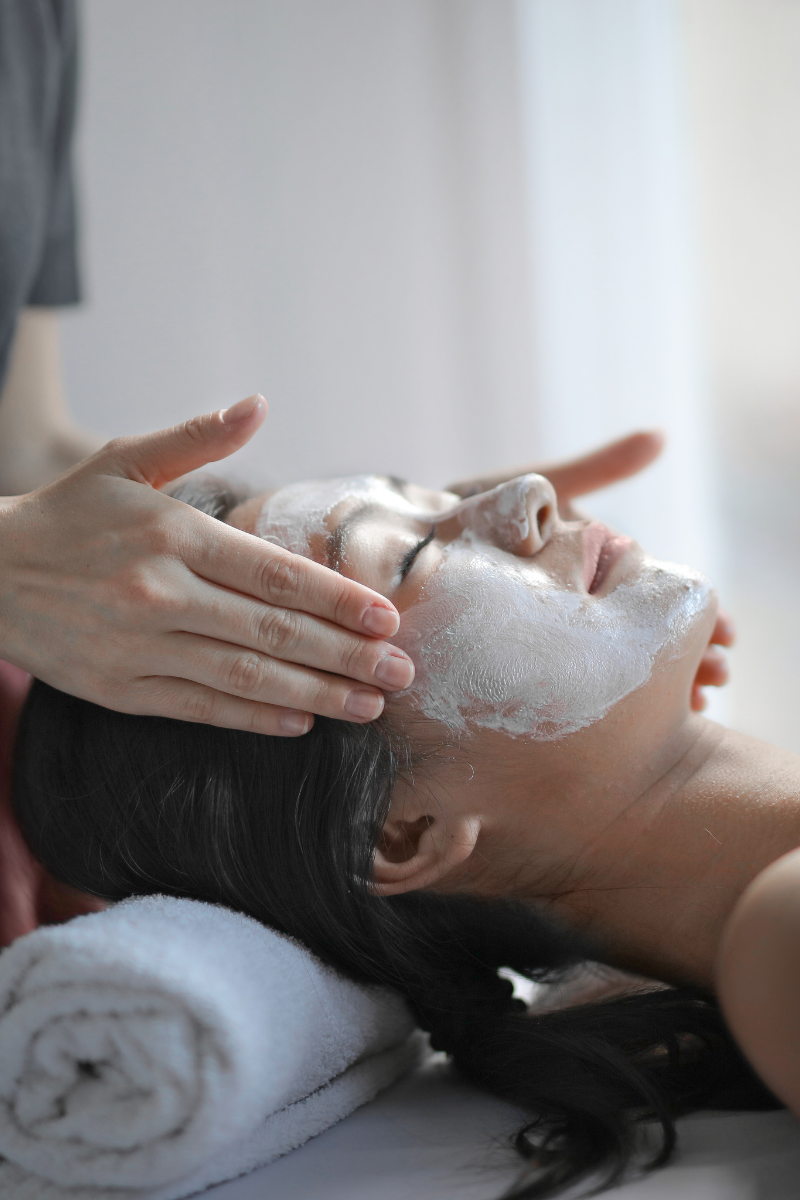
[…] the skin and absorbs quickly, so it’s suitable for most skin types. It’s also fragrance free, cruelty-free and vegan. What’s not to […]